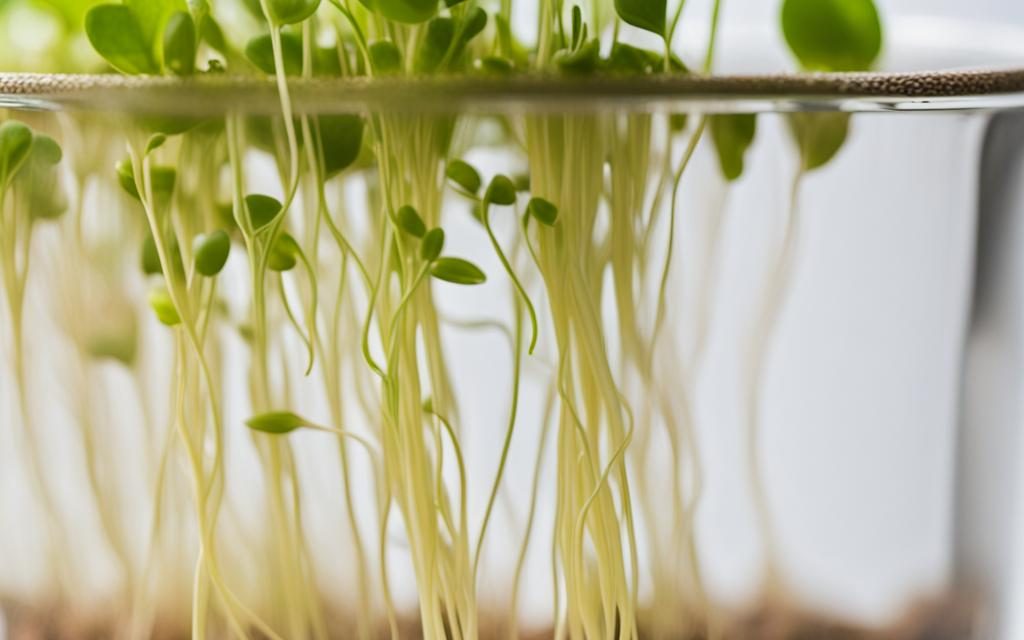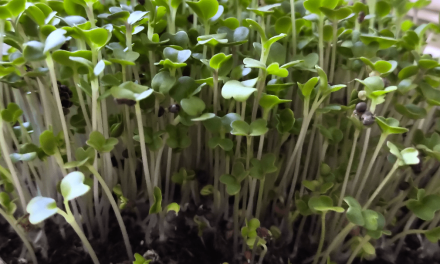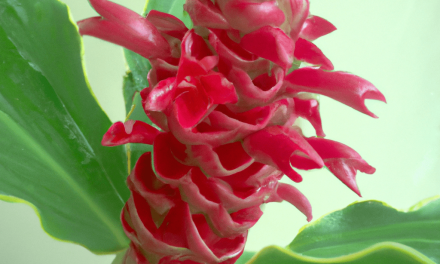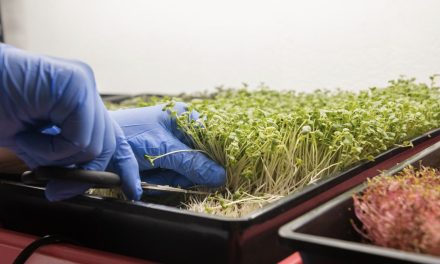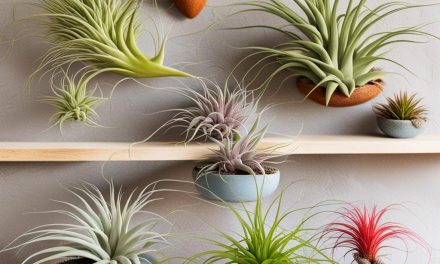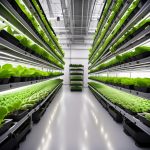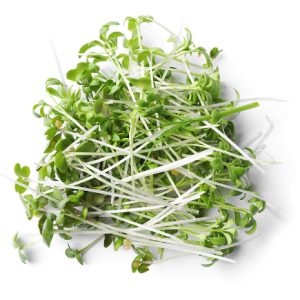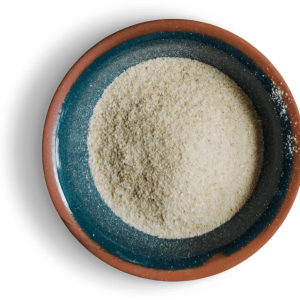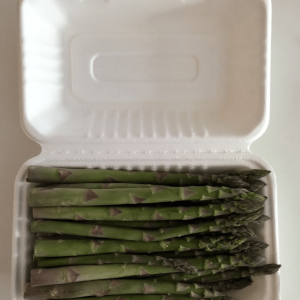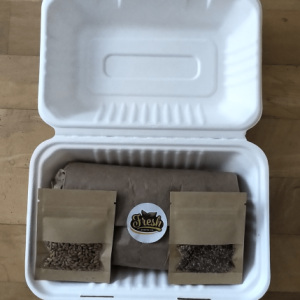Microgreens are the young seedlings of various plants that are grown specifically for their flavorful leaves and stems, they are often grown indoors, in small trays or containers, and they can be grown in different types of media, such as soil or water. Here are some key differences between growing microgreens in water and soil:
- Growing Medium: Microgreens grown in water are typically grown hydroponically, which means that the plants are grown in a water-based solution, without soil. Microgreens grown in soil, on the other hand, are grown directly in soil or other types of growing media, like peat moss or vermiculite.
- Nutrients: When growing microgreens in water, the plants will receive their nutrients directly from the water-based solution, which typically contains a balanced mix of nutrients specifically formulated for hydroponic growing. Microgreens grown in soil, on the other hand, will receive their nutrients from the soil.
- pH level: In hydroponics, the pH level should be monitored and balanced all the time, if the pH level gets too high or too low, it can cause damage or death to the plants. In soil, the pH level is often balanced by adding lime or sulfur to the soil.
- Watering: Microgreens grown in water are typically grown in a recirculating system, which means that the water is constantly recirculated through the system, ensuring that the plants have a constant supply of water and nutrients. Microgreens grown in soil, on the other hand, typically require manual watering, and they can be prone to over-watering or under-watering.
- Space: Growing microgreens in water is typically more space-efficient than growing them in the soil since the water-based solution can be used to grow multiple trays of microgreens in a relatively small area. Growing microgreens in soil require more space, as each tray of microgreens needs to have its own growing media.
- Maintenance: In general, growing microgreens in water requires more technical knowledge, and the system may require more maintenance, such as monitoring pH and nutrient levels. While growing in soil is more forgiving and typically requires less maintenance, it can be messy and can attract pests or mold. Microgreen grow lights can also aid in growth to ensure the correct amount of light is received by the plants.
Ultimately, the choice between growing microgreens in water or soil will depend on your personal preference, the availability of resources, and the outcome you’re looking for. Both methods can be very effective for growing microgreens, and each one has its own set of benefits and drawbacks.

